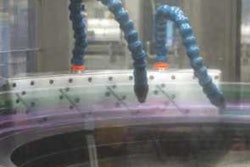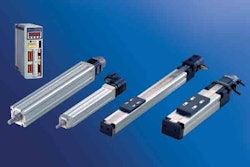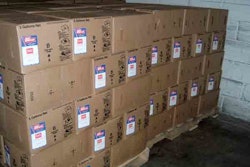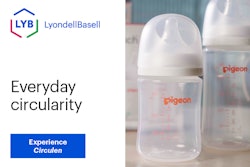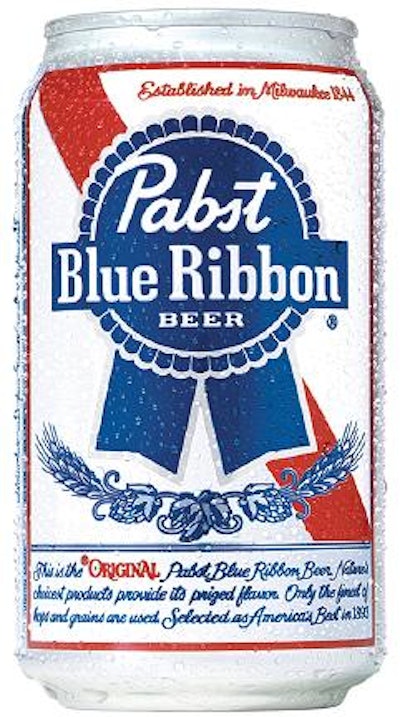
Even the best brands eventually lose their vitality. Tastes change. The demographic moves on. Sales stagnate. Breathing new life into brands that have lost market share and keeping powerhouse brands in peak condition in order to improve business performance takes compelling solutions backed by sound strategic plans.
One of the marketing challenges businesses face today is how to
effectively resuscitate brands that enjoyed a successful and popular
past life, but were left to be filed away into consumers’ brand history
books. Many companies are effectively turning this marketing and design
challenge into a successful strategy called Retro Chic. It is a phrase
tied to a group of young adults who affect the style and attitude of
the mythical good old days, an era of working-class values, bowling
shirts, old T-shirts and denim jeans. Reflecting on periods when life
was simpler and easier to understand, many consumer product companies
are using the past to highlight brand strengths and make an authentic
connection to what most middle-age types remember fondly as “a better
time in our lives.”
Each age group is defined by its “better time” period. Take the 1950s,
for instance. The sense of optimism and possibility associated with
that era is embodied in warm, friendly design and more emotional
sentiment than the cold minimalism that dominated the preceding
decades. Remnants from the ’50s that are attractive but not
particularly stylistic are strongly tied to the values of the decade.
What are the things that have endurance and permanence? People want to
believe the things they buy can make a difference in their lives and in
the way they feel and reflect their positions in the world. Retro Chic
is seen as a return to a lost authenticity, to basic values that later
evolutions have somehow corrupted, with recollections such as:
- “I remember this from my childhood. Nothing will ever be quite the same as those simple times in the past.”
- “My grandfather always bought this brand, so I buy it for the home every week.”
- “These are Southern brands, which makes us feel that they are our own and no one can copy them.”
Drawn by intangibles such as childhood memories, a consumer’s appetite
for many brands is not necessarily based on price. More companies
recognize this trend and are beginning to target their marketing and
advertising strategies and packaging to cater to consumers eager to
relive their past.
Retro Chic in marketing and packaging
Retro packaging appeals to different audiences for different reasons.
For Baby Boomers, it gives them a chance to reconnect to something from
their youth. However, younger consumers like to “discover” their brands
as opposed to being told what to buy.
Retro Chic design is minimalist. It features product information that
is short and to the point. Attributes of Retro Chic marketing and
packaging include the ability to bond with consumers on an intrinsic
level, communicate the essential nature of the brand, and present
itself with an uncluttered design and easy-to-read packaging. However,
retro style isn’t just about decoration, but a certain set of values
and making an emotional connection.
Design simplicity and nostalgia in brand marketing and packaging have
always appealed to specific consumer segments. They have found their
way into the beverage market in recent years. Getting new life from an
old brand is a great strategy. However, there is a method to the
madness of creating a true retro brand. Most important, each brand
holds attributes that are distinctly unique to that brand and which no
one else can use. Also, the challenge of successfully marketing a brand
considered Retro Chic is to tap into that anti-establishment streak
without seeming too establishment. Mainstream advertising can backfire,
and gimmicks are a frowned upon by retro brand evangelists.
Word-of-mouth endorsement seems to be the most effective communication
channel and carries the highest level of street credibility.
Over the past few years, the renewal of the wine and spirits industries
has slowly eroded beer market share, especially at bars, clubs, and
restaurants. To combat this downward slide, companies are constantly
trying to reinvent their brands to remain relevant to their target
audience. One way of achieving this goal is taking the nostalgia
marketing approach of reviving old brands through retro packaging and
ads that are designed to bring enthusiasm and appeal back to the brand,
especially among young consumers.
Anheuser-Busch marketed a series of retro Budweiser cans sporting
packaging from the 1930s to the 1950s. The three-can series was a
rollout of a reproduction of the first Budweiser can, dating back to
1936—the first year of beer in metal packaging. True to the period, the
gold can had black-and-red labeling and an Anheuser-Busch eagle logo
prominently displayed, as well as a little advice for a post-Depression
American unaccustomed then to drinking beer from a can—a three-step
illustration describing how to use a can opener.
Similar to the beverage industry, intense competition in the snack-food
industry and a diminishing brand seemed to be the basis for Hostess
deciding to reinterpret the Twinkies brand and make it relevant for
today’s consumers. Hostess rolled out the first major packaging change
for Twinkies in 25 years. The redesign for the iconic snack treat
included updated product photography and contemporary graphics. Also,
Twinkie the Kid, the classic mascot that began appearing on Twinkie
packaging in the 1970s, now has a more prominent appearance in the new
design.
Best practices
It seems that in the past few years, the notion of nostalgia has
percolated into almost every aspect of our culture. Many marketing
experts cite the uncertainty in today’s world as the catalyst for this
increased longing for positive, simpler times.
Consumer perceptions associated with brands are usually influenced
early in life. Unless something drastic occurs, these associations
remain with them forever. However, the process of producing a brand
with retro attributes is much more involved than simply scanning an
image into a computer and pressing the “update” button. A brand needs
more than heritage to be successful.
Even before packaging comes into play, you should determine if and how
your brand resonates with the target audience. Some initial questions
to consider are:
- What does the target audience remember about the brand?
- How do they describe it?
- What do they like most about the brand? What do they like least?
- What are the current competitor brands?
- How does the target audience differentiate the brand from its competitors?
- Are there any negatives associated with the brand?
- Are they current consumers of the brand (brand loyalty)? If not, why?
For example, many beverage brands have tried to emulate Pabst Blue
Ribbon. (PBR) However, the success of PBR lies in the simple fact that
it was adopted by a new generation of younger consumers because the
company never changed the red, white, and blue Americana packaging. PBR
has always remained true to the brand’s core essence and utilizes
less-mainstream marketing tactics. It is truly the authentic beer
grandpa used to drink.
In order for a brand to be marketed successfully and adopted as retro,
there has to be substance behind the strategy. The brand owner must
begin with a sound brand that holds a positive and recognizable
position within its industry segment. It’s also important to take the
time to do some initial research to determine which components of the
brand hold the highest equity in consumers’ minds. Maintaining the
elements of the brand that communicate the brand’s heritage is crucial
to brand revitalization.
The younger generation tends to absorb a lot of the “retro” icons and
make them their own, and these icons develop into a personal
relationship with the brand. Let the consumer be the focus of the
attention and they will do your marketing for you.

